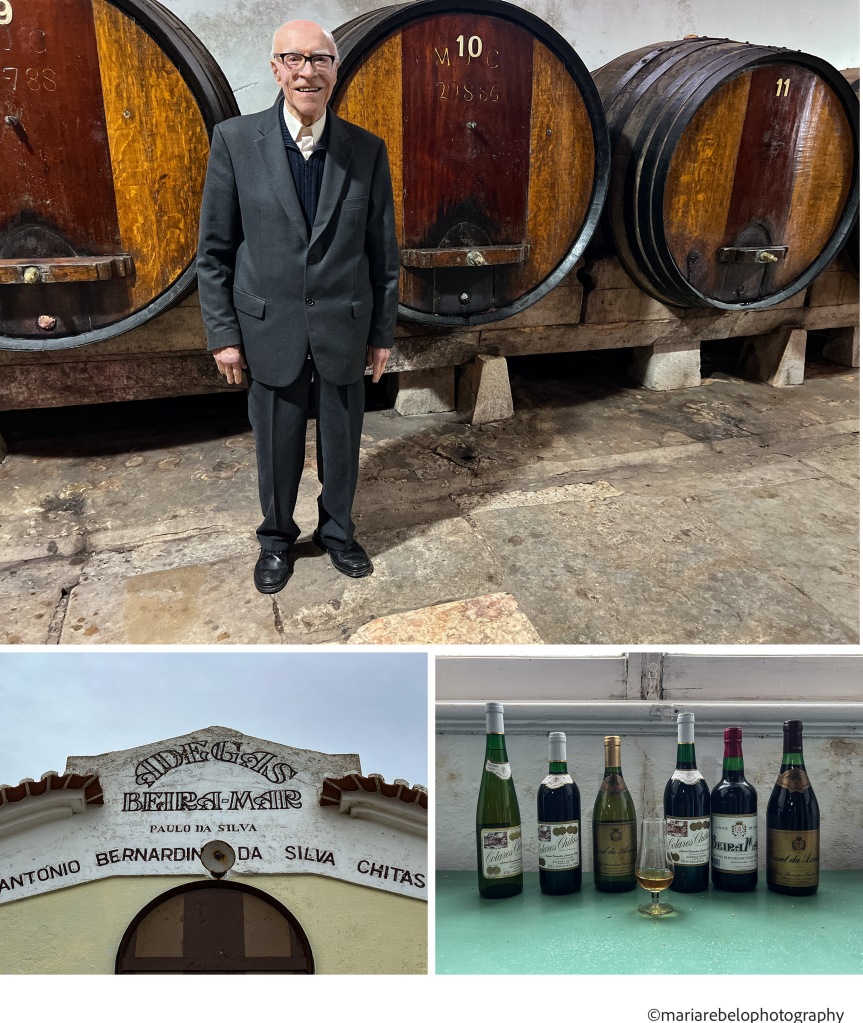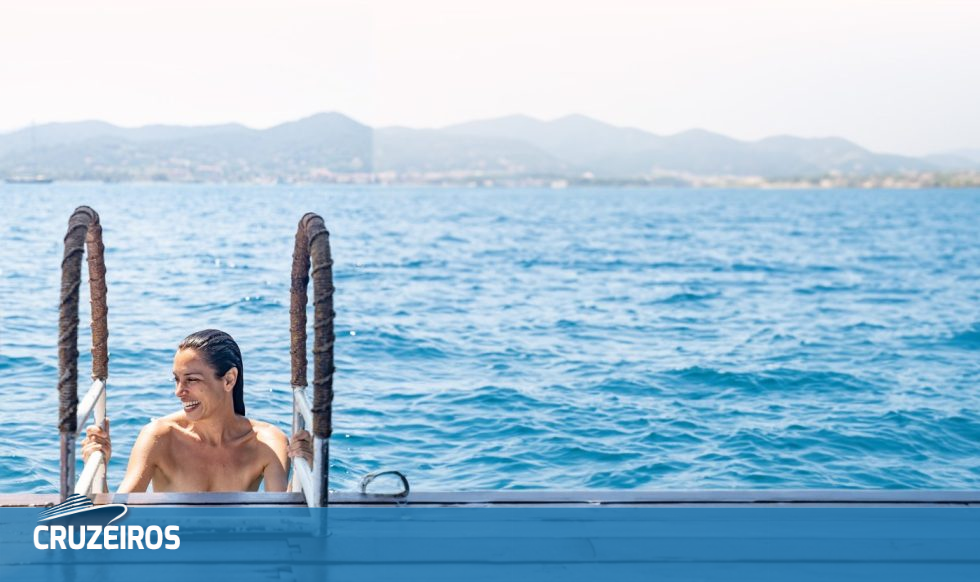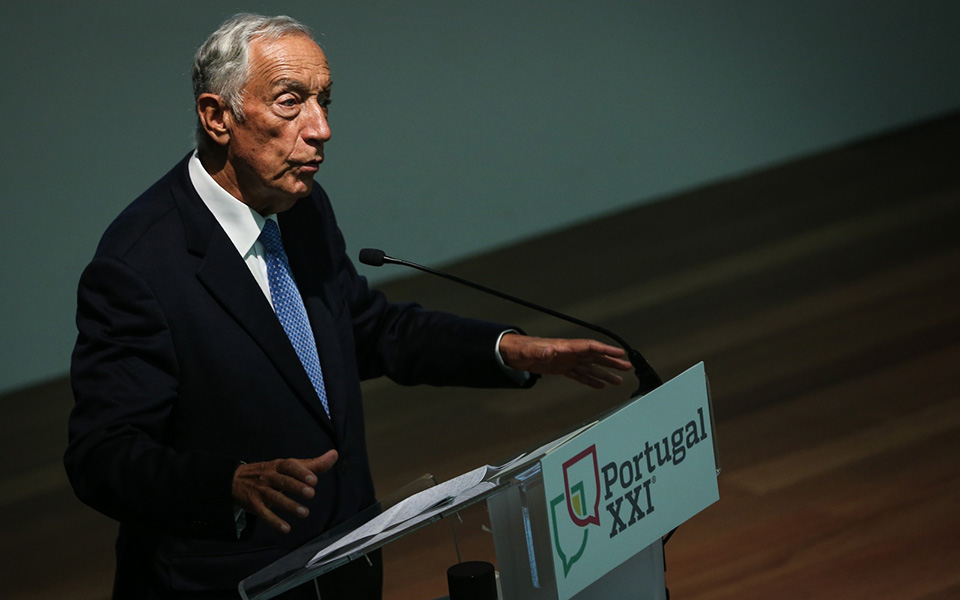Uncovering the mystery of living longer in Colares


Amidst the heavy rain pouring down, attempting to compensate for the arid spring and summer, we remained undeterred. Embarking down the narrow path that guides us to Colares, we sought to meet an iconic wine producer: the 97-year-old Paulo da Silva, known fondly as Chitas (pronounced as cheetahs), a name inherited from his grandfather.
Our stop was at Adega Beira Mar, a fitting name that signifies a cellar by the sea. Paulo emerged to welcome us, clad in a sleek dark suit that accentuated his slender frame. Despite the chill inside the building, he appeared unaffected. When we inquired, “Is it the chilliness or the wine that holds the key to your long life?” Paulo responded with a grin. “My father used to claim that consuming a bottle of our wine with lunch and another with dinner would lengthen your life. However, I prefer a small glass of wine accompanying my meals.”
Paulo possesses an extraordinary recollection of dates, details, and statistics. He narrated the tale of the building’s construction in 1898 by his grandfather. “This establishment has witnessed it all: both world wars, the Great Depression.”
In Colares, the unique vine planting technique unfolds. Farmers dig through the sand until they reach a clay stratum suitable for planting vine roots. The sandy terrain acted as a natural defense against phylloxera, an insect that ravaged numerous European vineyards in the latter part of the 19th century.
While wine production dwindled in other regions, Colares flourished. Many producers thrived by shipping their wines to Brazil. Paulo’s grandfather, António, worked as a foreman for one of these exporters, Manuel José Colares. António’s dedication and strong work ethic led Manuel to entrust him with a portion of his enterprise. Nevertheless, with the onset of the Great Depression, Brazil failed to pay for the wines, resulting in the bankruptcy of most companies. Only Paulo’s Adega Beira Mar has endured within the family. “Our wines have garnered 71 awards since 1889, two of which were received just last year,” he proudly shared.
Over the years, the construction of vacation homes in Colares has encroached upon the vineyard lands, diminishing them to a mere 30 hectares. While Paulo da Silva owns certain plots of vines, for the most part, he was what the French describe as a “negociant,” a shrewd wine merchant. His expertise lies in recognizing superior wines, maturing them to perfection, and then marketing them. “Time is the secret behind Colares wine,” he elucidated. The region’s distinctive varietals, the white Malvasia and the red Ramisco, necessitate time to evolve their complexity and finesse.
During a visit by the former President of Portugal, Jorge Sampaio, Paulo was asked, “Which is the oldest wine in the cellar?” Paulo responded, “It dates back to 1955.” The president remarked, “You have preserved that wine for too long; it must have turned bad.” Paulo fetched a bottle from 1955 and presented it to the president. A few weeks later, the president called in the evening, expressing, “We enjoyed that wine during dinner tonight, and it was outstanding. I have learned something new— Colares wines exhibit remarkable longevity.”
We savored a vibrant and sharp Malvasia from 1996, boasting citrus and green olive aromas with a dash of salinity on the palate. Truly captivating!
Paulo guided us to view some Ramisco vines that he had planted in the sandy terrain close to the cellar just two years prior. Beaming with pride, he remarked, “Observe how well they are flourishing.” He then indicated a vacant area in the yard. “I plan to construct a new cellar there to bolster our production,” he disclosed.
Could it be that Colares wines harbor the secret to perpetual youth and vitality? We procured a few bottles to examine this hypothesis. An enjoyable experiment awaits.











